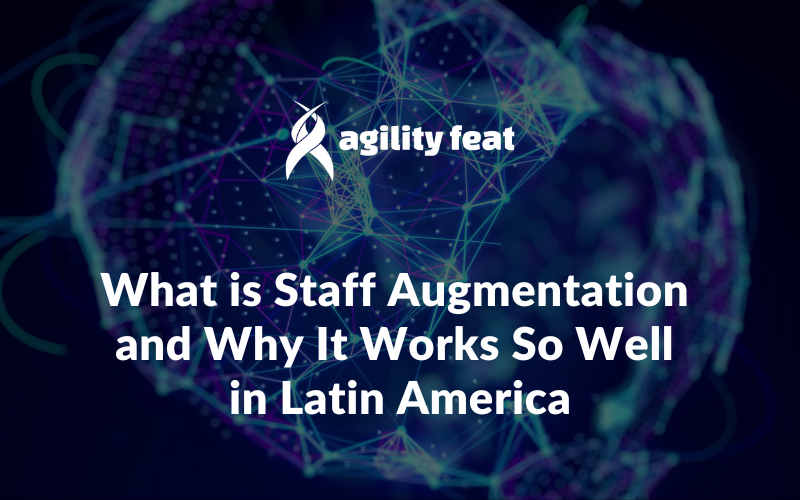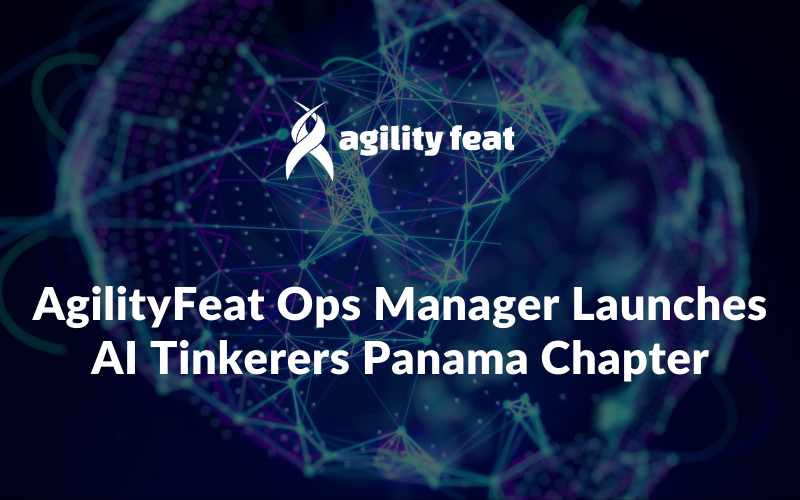How do you blend a distributed offshore team with your in-house development team? Our teams are based around Latin America and our clients are often in the United States. When you want to hire a team from another part of the world and have them blend in seamlessly with your own development team, there are a lot of risks to consider.
We have done this successfully with many clients and learned a lot. In this video, Teachstone Training talks about their experiences working with AgilityFeat in a distributed agile team model.
Teachstone Testimonial from Arin Sime on Vimeo.
When we first met Teachstone, they had a legacy PHP system that was struggling technically and had a lot of process-flow issues that caused frequent customer service problems and constant fire-fighting by their development team and management. AgilityFeat partnered with them to rework some of the processes, improve the design and UX of the web application, and convert their system over time into a modern Ruby on Rails application. Along the way we also added in some very important new features like video editing through the browser, which helps them in their mission to improve education through teacher training on teacher/student interactions.
Keys to Success
We found several keys to success in this project, which are common among our most successful clients:
Initial Assessment Phase – this allowed us to understand the challenges and important features of their system before we started converting it into a Rails application.
Strong Collaboration and Product Owners – Teachstone and AgilityFeat both approached this relationship with “team first” in mind. It was not about contracts and lawyers, but a truly agile collaboration to tackle problems together and work together to design and implement solutions. They provided Product Owners who had deep knowledge of their system and could make decisions on the spot for us so that we could work most efficiently.
Daily Communication using Agile – Teachstone did not have a strong development process before we met. The day’s work was organized around which particular crisis was most important at the moment. Their senior management knew that this was not sustainable and so looked for a development partner who could also bring process education and rigor to the relationship. We trained the Teachstone team on Agile and SCRUM methodologies, and they now use what they have learned from AgilityFeat with other contractors and in other parts of their business.
In Person Visits – Since Costa Rica is not that far from the US, it was pretty easy for our core design team to visit Teachstone at the beginning of the project for the assessment. This greatly improved our understanding of their current system and built a strong relationship from the start. Since then, we have sent other developers to visit them in the US and the Teachstone development team also visited our team in Costa Rica. These visits not only make the team bonds stronger, they also make us more effective.
Compatible Cultures – If a client is looking for “warm butts in seats” or a contract model based solely on pricing, then it’s an indication that their culture may be based more strongly on contracts than collaboration. Teachstone is a company built on collaboration, and their team is composed of great people who truly care about their product. That culture of fun, intensity, collaboration and intelligence blended perfectly with who we are at AgilityFeat.
Contact us
If your team needs some outside help for a “skunk works” innovation project or to convert a legacy application to modern processes, design, and technology – we’d love to help!










